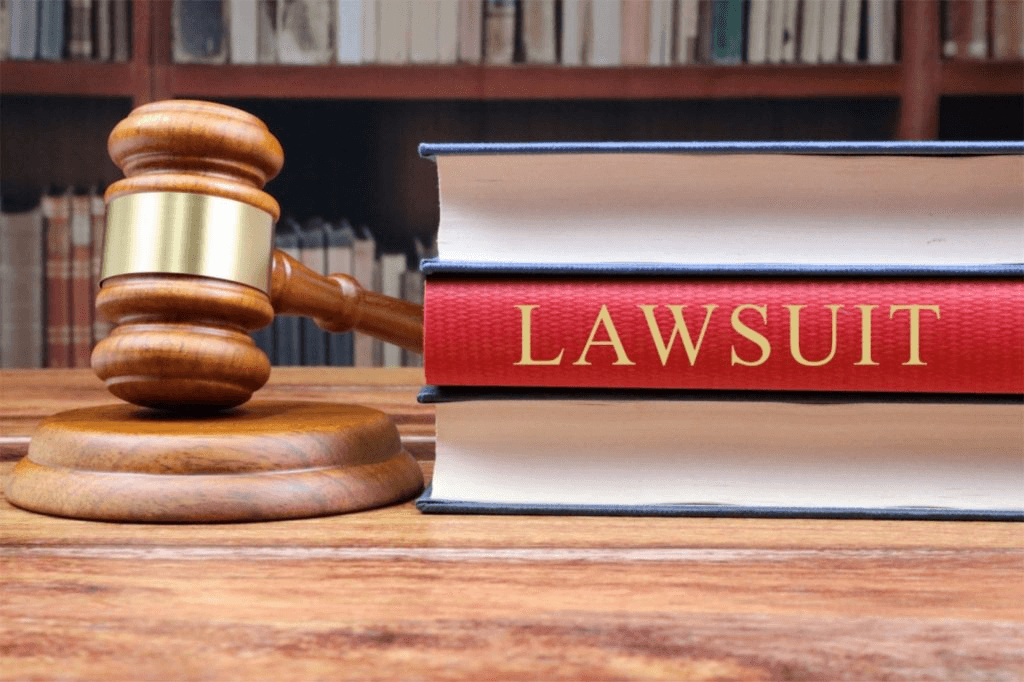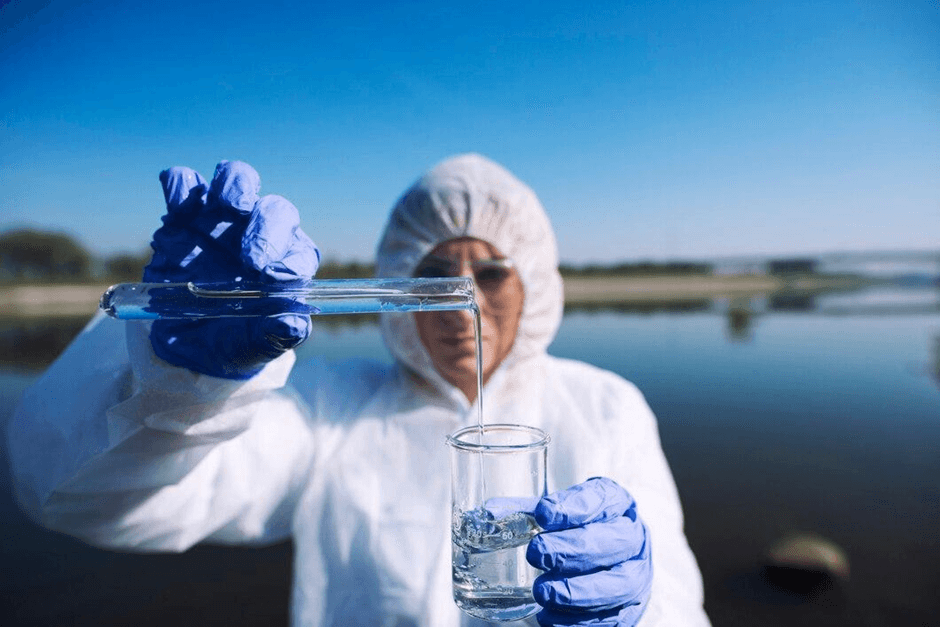business resources
The Timeline of the Camp Lejeune Lawsuit
8 Sept 2022, 0:46 am GMT+1
The Timeline of the Camp Lejeune Lawsuit

The Camp Lejeune lawsuit stands as an important chapter in the history of environmental justice in the United States. This legal battle revolves around the contamination of water at Marine Corps Base Camp Lejeune. Here, we unravel the timeline of the Camp Lejeune lawsuit, tracing its origins, major milestones, and the ongoing quest for justice.
1953-1987: The Period of Contamination
You must work with prominent lawyers to file a Camp Lejeune water contamination lawsuit. But, it’s important to know about the contamination period first. The roots of the Camp Lejeune water contamination crisis stretch back to 1953, when toxic chemicals began seeping into the water supply. The contamination persisted until 1987, spanning over three decades.
1980-1984: The Discovery
The initial signs of trouble emerged in the early 1980s. In 1980, the U.S. Marine Corps conducted tests on the base's water supply and found high levels of contamination. However, it wasn't until 1982 that more comprehensive testing revealed the extent of the problem.
By 1984, the Marine Corps confirmed that the water supply was heavily contaminated, but it would be several more years before the full scope of the health risks was understood.
1997: ATSDR Investigation
In 1997, the Agency for Toxic Substances and Disease Registry (ATSDR), a federal public health agency, initiated an investigation into the Camp Lejeune water contamination. The ATSDR’s studies would later play a critical role in establishing the link between contaminated water and various health conditions, such as cancer, birth defects, and other serious illnesses.
2007: Public Awareness and Legal Action
The year 2007 marked a turning point in the Camp Lejeune saga. This was when public awareness of the contamination and its health impacts began to grow significantly. Many affected individuals started seeking justice through legal means.
Lawsuits were filed against the federal government, claiming negligence in allowing the water contamination to occur and failing to notify residents promptly.
2012: The Janey Ensminger Act
In 2012, the U.S. Congress passed the Janey Ensminger Act, named after the daughter of a Marine who died from leukemia linked to the contaminated water. This landmark legislation provided healthcare benefits to military personnel and their families who were affected by the contamination at Camp Lejeune.
The act was a crucial step in recognizing the government's responsibility and providing some relief to the victims.

2017: VA Benefits Expansion
Building on the momentum of the Janey Ensminger Act, the Department of Veterans Affairs (VA) expanded benefits in 2017 to include disability compensation for veterans who were exposed to the contaminated water at Camp Lejeune.
The VA identified a list of presumptive conditions, including several cancers and other serious illnesses, that would qualify for compensation. This development was vital for many veterans seeking redress for their health issues.
2022: Passing of the Camp Lejeune Justice Act
In 2022, the legal landscape shifted dramatically with the passing of the Camp Lejeune Justice Act. This legislation allowed affected individuals to file lawsuits against the federal government for harm caused by the water contamination.
The act established a specific legal framework for these cases, making it easier for victims to seek compensation and hold the government accountable.
Ongoing Legal Battles
As of 2024, the Camp Lejeune lawsuit continues to unfold. Thousands of claims have been filed, and the courts are processing these cases. However, the journey for justice is far from over, with a large number of lawsuits still waiting for their day in court.
Share this
Contributor
Staff
The team of expert contributors at Businessabc brings together a diverse range of insights and knowledge from various industries, including 4IR technologies like Artificial Intelligence, Digital Twin, Spatial Computing, Smart Cities, and from various aspects of businesses like policy, governance, cybersecurity, and innovation. Committed to delivering high-quality content, our contributors provide in-depth analysis, thought leadership, and the latest trends to keep our readers informed and ahead of the curve. Whether it's business strategy, technology, or market trends, the Businessabc Contributor team is dedicated to offering valuable perspectives that empower professionals and entrepreneurs alike.
previous
Buying a Rental Property in the Smokies? Here Are Nine Things to Consider
next
Mastering The Wide World Of Online Business